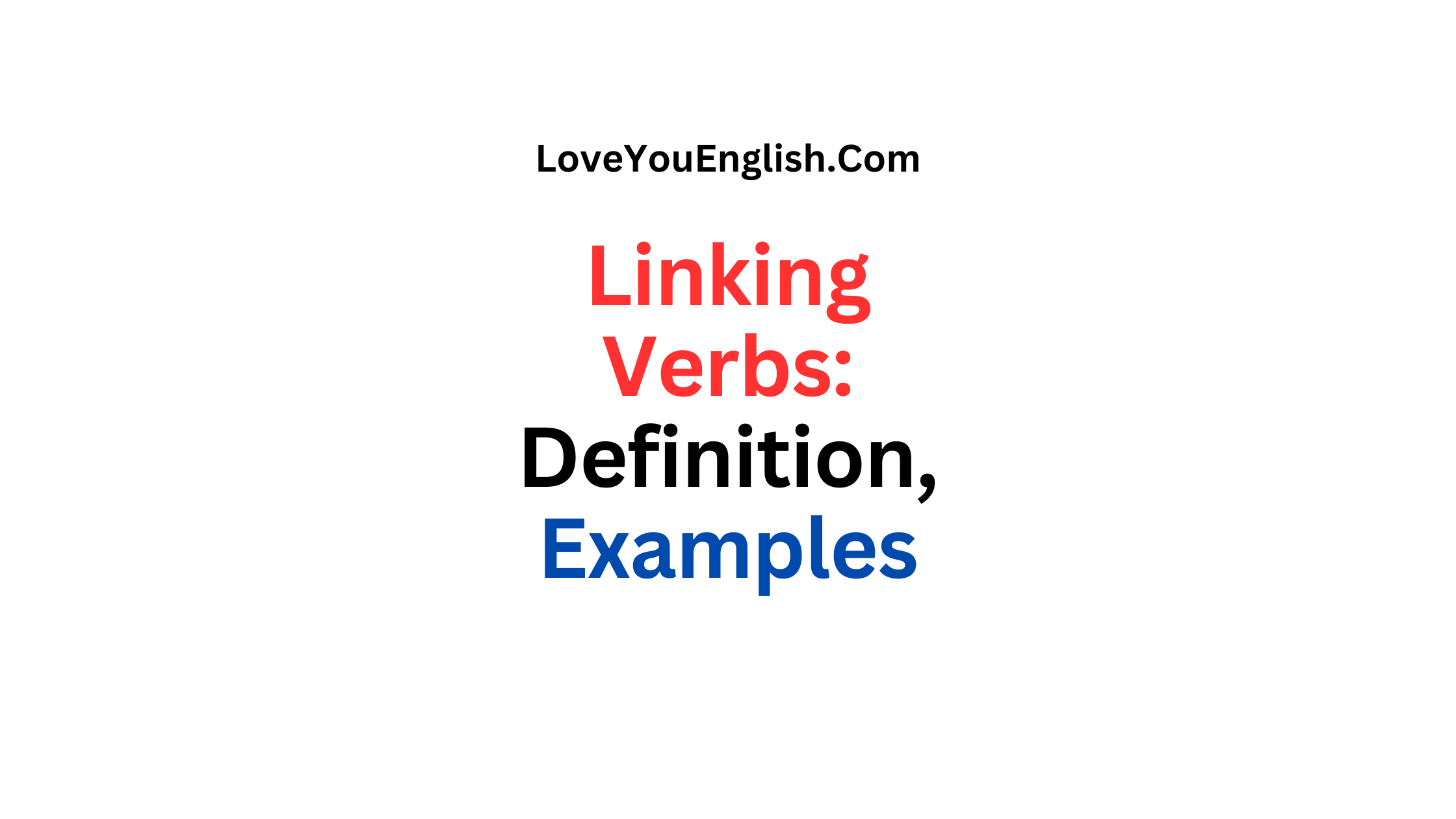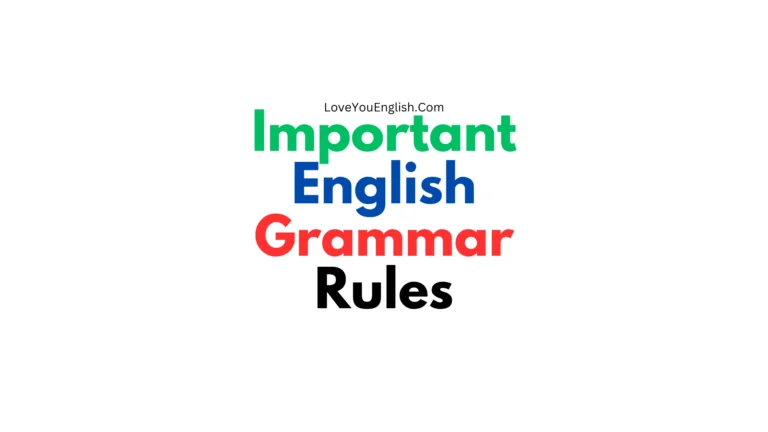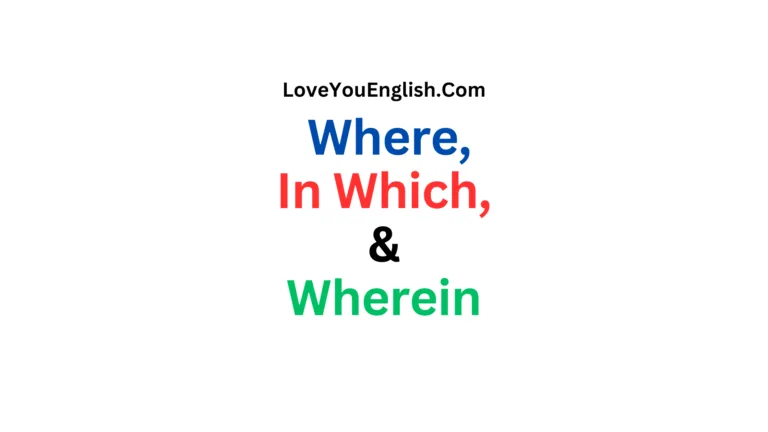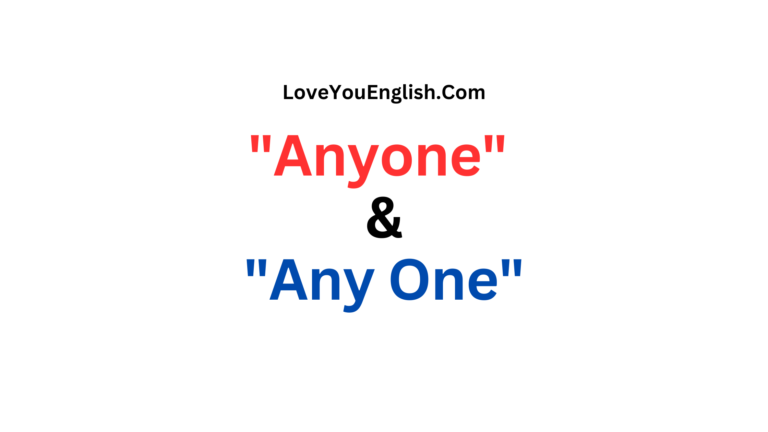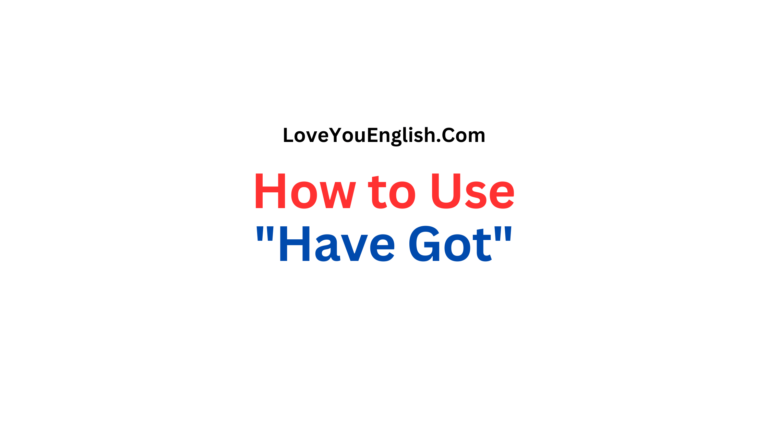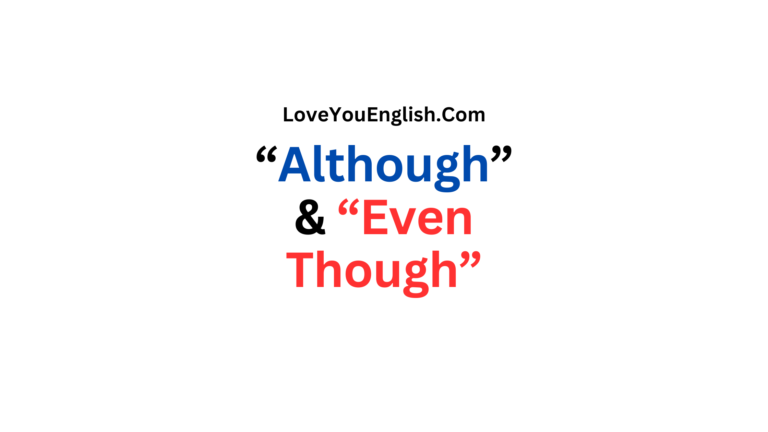Linking Verbs: Definition and Examples
Linking Verbs: Definition and Examples
Understanding the role of linking verbs is crucial for mastering English grammar.
They’re essential for building clear, effective sentences.
I’ll tell you what linking verbs are, how they function in sentences, and provide plenty of examples to help you grasp their use.
What Are Linking Verbs?
Linking verbs are a special category of verbs that connect the subject of a sentence with more information about that subject.
Instead of showing action, linking verbs serve as a bridge between the subject and a word or phrase that describes or identifies the subject.
For example, in the sentence “She is a teacher,” the verb “is” connects the subject “She” with “a teacher,” which describes what she is.
The Main Types of Linking Verbs
There are several types of linking verbs.
While the most common is the verb “to be,” other verbs can also act as linking verbs.
Let’s look at these categories in detail.
1. The Verb “To Be”
The verb “to be” is the most frequently used linking verb. It has several forms, including:
- am (I am happy)
- is (She is a student)
- are (They are excited)
- was (He was tired)
- were (We were hungry)
- been (She has been busy)
- being (They are being quiet)
These forms help connect the subject with an adjective or noun that provides more information.
Examples:
- She is excited. (Here, “is” links “She” with the adjective “excited.”)
- They were friends. (In this case, “were” connects “They” with the noun “friends.”)
2. Sensory Verbs
Some sensory verbs act as linking verbs when they describe the subject’s state or condition. These verbs include:
- seem (She seems happy)
- become (He became tired)
- appear (They appear worried)
- feel (The blanket feels soft)
- look (The cake looks delicious)
- sound (The music sounds loud)
- taste (The soup tastes good)
- smell (The flowers smell wonderful)
Examples:
- The cake smells delicious. (Here, “smells” links “The cake” with the adjective “delicious.”)
- She looked surprised. (In this case, “looked” connects “She” with “surprised.”)
3. Other Linking Verbs
In addition to “to be” and sensory verbs, there are other verbs that can act as linking verbs.
These are less common but still important to know.
Examples:
- Remain (She remained calm.)
- Stay (He stayed quiet.)
- Grow (The child grew tired.)
More grammar topics:
- When to Use “Like” vs. “Such As”
- To vs. For: What’s the Difference?
- What Are Superlative Adjectives? Definition and Examples
- “A Lot” vs. “Allot” vs. “Alot”: What’s the Difference?
- What Are Infinitives, and How Do You Use Them?
How Linking Verbs Work
Linking verbs are essential for sentence structure because they:
Connect the Subject with a Subject Complement: A linking verb links the subject of a sentence to a noun, pronoun, or adjective that describes or identifies it.
Example: The sky is blue. Here, “is” connects “The sky” with “blue,” which describes the sky.
Show State of Being: Linking verbs often indicate a state of being rather than an action.
Example: She feels tired. “Feels” expresses a state of being rather than an action.
Identifying Linking Verbs in Sentences
To identify a linking verb in a sentence, ask yourself if the verb connects the subject with a description or identification rather than an action.
Steps to Identify Linking Verbs:
Find the Verb: Look for the verb in the sentence.
Example: In “He is a doctor,” the verb is “is.”
Check if It Connects Subject to Description: See if the verb links the subject to a word or phrase that describes or identifies it.
Example: “He is a doctor.” Here, “is” connects “He” with “a doctor,” which describes his profession.
Determine If It Shows a State or Condition: Confirm that the verb shows a state of being, not an action.
Example: “They were happy.” “Were” shows a state of being.
Common Mistakes with Linking Verbs
Here are some common mistakes to avoid when using linking verbs:
1. Using Action Verbs Instead of Linking Verbs
Sometimes, action verbs are mistakenly used in place of linking verbs.
Incorrect: She felt the dress was beautiful.
Correct: She felt that the dress was beautiful.
In the incorrect example, “felt” is used as an action verb. It should be “She felt that the dress was beautiful,” where “was” is the linking verb connecting “dress” with “beautiful.”
2. Confusing Linking Verbs with Action Verbs
Be careful not to confuse linking verbs with action verbs.
Incorrect: She smelled the flowers.
Correct: The flowers smelled wonderful.
In the incorrect example, “smelled” is an action verb, but in the correct example, “smelled” is a linking verb.
Conclusion
Linking verbs play a vital role in English grammar by connecting the subject of a sentence with information about it.
Understanding how to use verbs like “to be,” sensory verbs, and other linking verbs will help you craft clearer and more descriptive sentences.
By practicing with examples and exercises, you can become more comfortable with identifying and using linking verbs in your writing.
Remember, linking verbs are all about creating connections between the subject and the rest of the sentence, making them a fundamental part of effective communication.
I hope this post has clarified what linking verbs are and how to use them.
Keep practicing, and you’ll soon master this essential aspect of English grammar!

